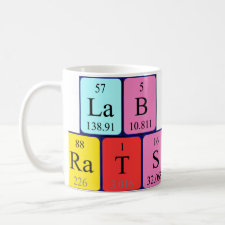
Authors: Graham AL, Carlson CA, Edmiston PL
Article Title: Development and characterization of molecularly imprinted sol-gel materials for the selective detection of DDT.
Publication date: 2002
Journal: Analytical Chemistry
Volume: 74
Issue: (2)
Page numbers: 458-467.
DOI: 10.1021/ac0106142
Abstract: Molecularly imprinting sol-gel materials for DDT using both a noncovalent and a covalent approach was examined. A nonpolar porous sol-gel network was created through the use of the bridged polysilsesquioxane, his(trimethoxysilylethyl)benzene (BTEB), as the principal sol-gel component. Noncovalent molecular imprinting was deemed unsuccessful, presumably because of the lack of strong intermolecular interactions that can be established between the DDT and the sot-gel precursor. A covalent imprinting strategy was employed by generating a sacrificial spacer through the reaction of two 3- isocyanatopropyltriethoxysilanes with one of two different template molecules: 4,4'-ethylenedianiline (EDA) or 4,4'- ethylidenebisphenol (EBP). After formation of the sol-gel, the bonds linking the spacer template to the matrix were cleaved in a manner that generated a pocket of the appropriate size bordered by amine groups that could aid in the binding of DDT through weak hydrogen bonding interactions. Experiments indicated that DDT could be bound selectively by such an approach. To generate a sensor, an environmentally sensitive fluorescent probe, 7-nitrobenz-2-oxa-1,3-diazole, (NBD) located adjacent to the DDT binding site was used to transduce the binding of analyte. EDA-imprinted sol-gels, deposited as films on glass microscope slides, were shown to quantitatively detect DDT in water to a limit-of-detection of 50 ppt with a response time of < 60 s. Repeat measurements could be made with the same sensing films after rinsing with acetone between each measurement. The EDA sensing material was selective for DDT and other structurally similar molecules. However, the sensing film design was limited by the relatively minor changes in fluorescence intensity upon binding DDT. This situation may be remedied by an alternative methodology that can facilitate attachment of the NBD fluorophore in an optimal position proximal to the binding pocket



Join the Society for Molecular Imprinting

New items RSS feed
Sign-up for e-mail updates:
Choose between receiving an occasional newsletter or more frequent e-mail alerts.
Click here to go to the sign-up page.
Is your name elemental or peptidic? Enter your name and find out by clicking either of the buttons below!
Other products you may like:
 MIPdatabase
MIPdatabase









